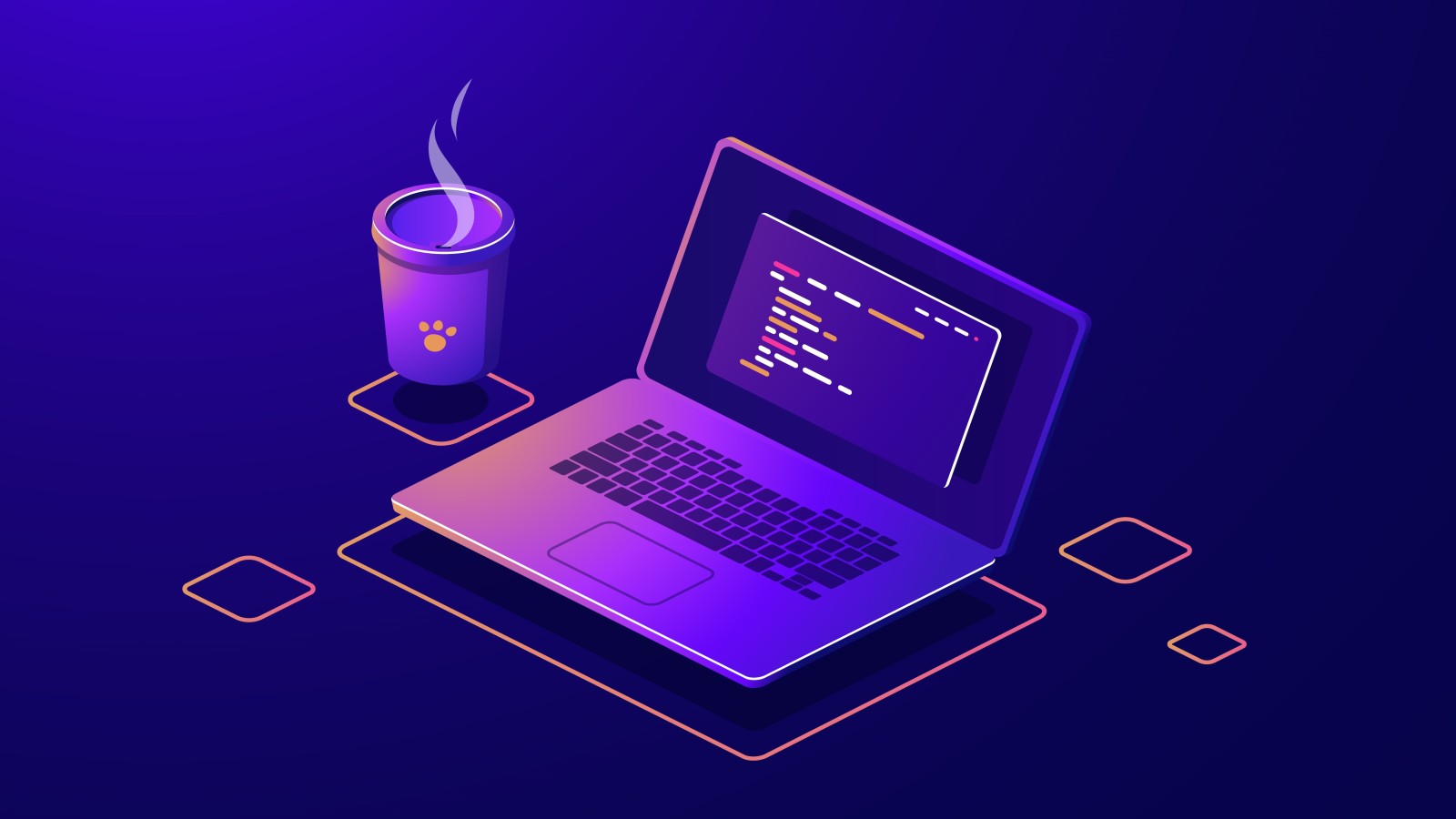In 2025, the world of crypto development is more dynamic, decentralized, and diverse than ever before. As blockchain technology matures and becomes integrated into mainstream industries, developers are taking center stage in building the infrastructure of tomorrow’s decentralized digital economy.
Whether you’re a tech entrepreneur, a developer looking to break into Web3, or simply curious about how it all works, this complete guide to crypto development in 2025 will walk you through the tools, trends, technologies, and challenges shaping the future of blockchain innovation.
1. Understanding Crypto Development: A New Digital Frontier
Crypto development entails creating and implementing systems, applications, and protocols that utilize blockchain technology and cryptography. It encompasses a wide range of activities.
- Building decentralized applications (dApps)
- Writing and deploying smart contracts
- Launching cryptocurrencies and tokens
- Designing blockchain protocols
- Creating secure, user-centric wallets
- Ensuring privacy and data sovereignty
In 2025, crypto development is not just about launching tokens or writing code—it’s about building an alternative internet, one that’s decentralized, transparent, and programmable.
2. Why Crypto Development Matters in 2025
As centralized systems face growing concerns over censorship, data breaches, and monopolistic control, decentralized technologies offer an alternative path forward. Developers are now tasked with creating solutions that are:
- Transparent – Every transaction can be verified.
- Censorship-resistant – No single party can control access.
- Borderless – Anyone with an internet connection can participate.
- Programmable – Financial operations can be automated and executed through embedded code logic.
Crypto development has become critical in powering everything from decentralized finance (DeFi) to supply chains, identity management, virtual worlds, and AI-powered governance systems.
3. Key Blockchain Platforms for Development
In 2025, multiple blockchain ecosystems offer robust development environments. Some of the most prominent include:
a. Ethereum 2.0
Ethereum’s move to Proof-of-Stake has significantly improved scalability and energy efficiency. With tools like Ethers.js and Hardhat, Ethereum remains the most popular smart contract platform.
b. Solana
Celebrated for its high throughput and minimal transaction costs, Solana is a top choice for developers creating performance-intensive dApps, particularly in the gaming and NFT sectors.
c. Polkadot
Polkadot enables interoperability between different chains, allowing developers to launch purpose-built parachains.
d. Avalanche
With customizable subnets and fast finality, Avalanche is ideal for enterprise-grade applications.
e. Cosmos
The Cosmos SDK enables developers to build independent blockchains that communicate via the Inter-Blockchain Communication (IBC) protocol.
4. Development Tools and Frameworks in 2025
As crypto development has matured, so has the tooling. The modern Web3 stack includes:
a. Smart Contract Frameworks
- Foundry – A blazing-fast toolchain for Ethereum.
- Hardhat – A developer-friendly environment for Solidity-based projects.
- Anchor – Solana’s smart contract framework using Rust.
b. Wallet Integration
- RainbowKit and Wagmi make it easy to integrate wallets like MetaMask, Coinbase Wallet, and Ledger.
- Account abstraction tools now allow wallet functionality to be embedded directly into applications.
c. Node Providers
- Alchemy, Infura, and QuickNode offer infrastructure for reading/writing blockchain data without running your own nodes.
d. Oracles and Data Feeds
- Chainlink and Pyth Network bring real-world data on-chain—essential for DeFi, insurance, and prediction markets.
5. Programming Languages That Power Web3
Developers in 2025 use a wide range of languages, depending on the platform and layer they’re building on:
- Solidity – Remains the primary language for developing Ethereum-based smart contracts.
- Rust – Commonly used for platforms like Solana, Polkadot, and Near due to its speed and reliability.
- Move – Gaining traction on Aptos and Sui for its strong emphasis on security and efficient resource handling.
- TypeScript – Used extensively for front-end Web3 integrations.
Go & Python – Ideal for building backend services and custom blockchain nodes.
6. Building a Web3 Application: Step-by-Step
Creating a crypto-powered app in 2025 follows a more structured approach:
Step 1: Design the Concept
Outline what the app does, how it leverages blockchain, and the role of tokens or smart contracts.
Step 2: Select a Blockchain
Choose based on transaction speed, gas fees, user base, and compatibility with your dApp.
Step 3: Develop Smart Contracts
Write and test your smart contracts using tools like Hardhat or Foundry.
Step 4: Create a User Interface
Build your front-end using React or Next.js, and connect it to the blockchain with Ethers.js or Wagmi.
Step 5: Integrate Wallets
Let users log in and sign transactions with their wallet of choice.
Step 6: Test and Audit
Run testnet deployments and conduct rigorous security audits—this step is crucial to avoid exploits.
Step 7: Launch and Maintain
Deploy on mainnet, monitor performance, and prepare for future upgrades using proxy contracts or modular architecture.
7. Real-World Applications in 2025
Crypto development isn’t confined to DeFi or NFTs anymore. Real-world use cases are booming:
a. Tokenized Real Estate
Developers are creating platforms that fractionalize property ownership using security tokens.
b. Decentralized Identity
SSI (Self-Sovereign Identity) solutions are enabling verifiable credentials for everything from passports to diplomas.
c. On-Chain Gaming
GameFi is moving beyond play-to-earn into fully on-chain logic, where game state and assets live entirely on decentralized networks.
d. AI + Blockchain Integration
Developers are building decentralized AI training systems where data providers are rewarded and model training is transparent.
8. Security: The Developer’s Responsibility
In a decentralized world, users can’t call customer support. Developers must embed security at every layer:
- Audit smart contracts using Slither, MythX, or professional firms.
- Use libraries from trusted sources like OpenZeppelin.
- Limit permissions with proper access control patterns.
- Mitigate exploits with circuit breakers, upgradeability patterns, and multi-sig governance.
Security is no longer optional. A single exploit can wipe out millions in user funds.
9. Challenges Crypto Developers Face
Although significant advancements have been made, developing in Web3 still presents a unique set of challenges:
- Regulatory uncertainty makes launching global products tricky.
- User experience challenges like configuring wallets and handling seed phrases.
- Scalability tradeoffs between speed and decentralization.
- Developer onboarding is still steep compared to Web2.
- Fragmented ecosystems require bridging solutions between chains.
The best developers in 2025 are those who can balance innovation with usability and compliance.
10. Future-Proof Skills for Developers
If you’re entering crypto development now, here are the key skills to master:
- Smart contract logic and security
- Cross-chain development (bridges, interoperability)
- Privacy-preserving tech (ZK proofs, confidential computing)
- Tokenomics and governance
- Modular blockchain architecture
- Decentralized storage (IPFS, Arweave)
As ecosystems evolve, adaptability is your biggest asset.
11. Trends Shaping Crypto Development in 2025
a. Modular Blockchains
Rather than building on one chain, developers are creating app-specific chains using frameworks like Celestia or Cosmos.
b. Zero-Knowledge Everything
ZK-rollups and ZKML (machine learning) are enhancing scalability and privacy in everything from DeFi to AI models.
c. Intent-Based UX
Users now express “intents” (e.g., swap X for Y at best price), and dApps execute the optimal transaction behind the scenes.
d. Decentralized Infra-as-a-Service
Platforms now offer decentralized equivalents of AWS (compute, storage, APIs), reducing reliance on centralized infrastructure.
e. Autonomous DAOs
Advanced DAOs use AI to manage treasury, vote routing, and governance logic based on real-time data.
Conclusion: Crypto Developers Are Building the Future
The state of crypto development in 2025 is exciting, complex, and full of potential. Developers are no longer building speculative tools—they’re creating the infrastructure of tomorrow’s economy.
From financial inclusion and transparent governance to decentralized AI and ownership-based internet, the possibilities are endless. But with great innovation comes great responsibility. As a crypto developer, you’re not just coding—you’re designing systems that will redefine trust, ownership, and value in the digital age.
Now’s the time to sharpen your skills, pick your tools, and join the builders who are shaping the next internet.






